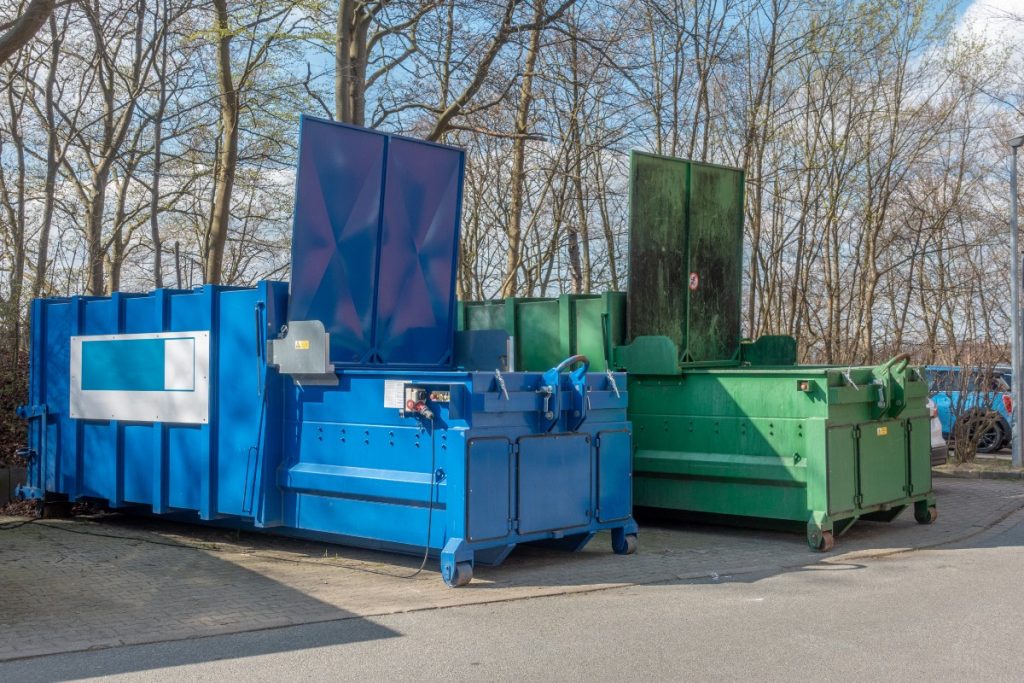“Every resident, organization, and human activity generates some type of waste“, according to the United States Environmental Protection Agency, EPA, and there are different types and sources of waste.People produce many different and large amounts types of waste.
Eventually the amount depends by economic activity, consumption, and population growth. Sometimes waste is the product of bad strategies, mainly in companies, although we are all equally responsible.The consequences of waste accumulation are not easily noticeable, but they do exist.
This calls for good waste management to contribute to the care of the environment. One of the safest strategies to manage waste is through the rental of dumpster that allow you to take out the garbage correctly and deposit it in the ideal place.
Types and sources of waste
Biodegradable waste
These residues come from kitchens, gardens and even in animals. They include: food scraps, yard waste, pet droppings, etc. Due to the composition they can be converted into compost to obtain manure.
Non-biodegradable waste
This waste is made up of a variety of materials such as paper, glass and plastic. A correct handling of them is achieved with recycling and reuse, since they do’nt decompose. That is why they are also the most dangerous for the environment and the main pollutants.
All these wastes come from diverse sources such as:
- Domestic waste: generate from domestic activities such as cooking, cleaning.
- Industrial waste: they come from factories and industries.
- Commercial waste: produce in schools, colleges, shops and offices.
- Agricultural waste: provide by the agricultural field.
Within this variety of waste there are some medical, radioactive, dangerous, construction and demolition debris, extraction and mining waste, waste from oil and gas production. All require adherence to specific conditions for proper handling.



